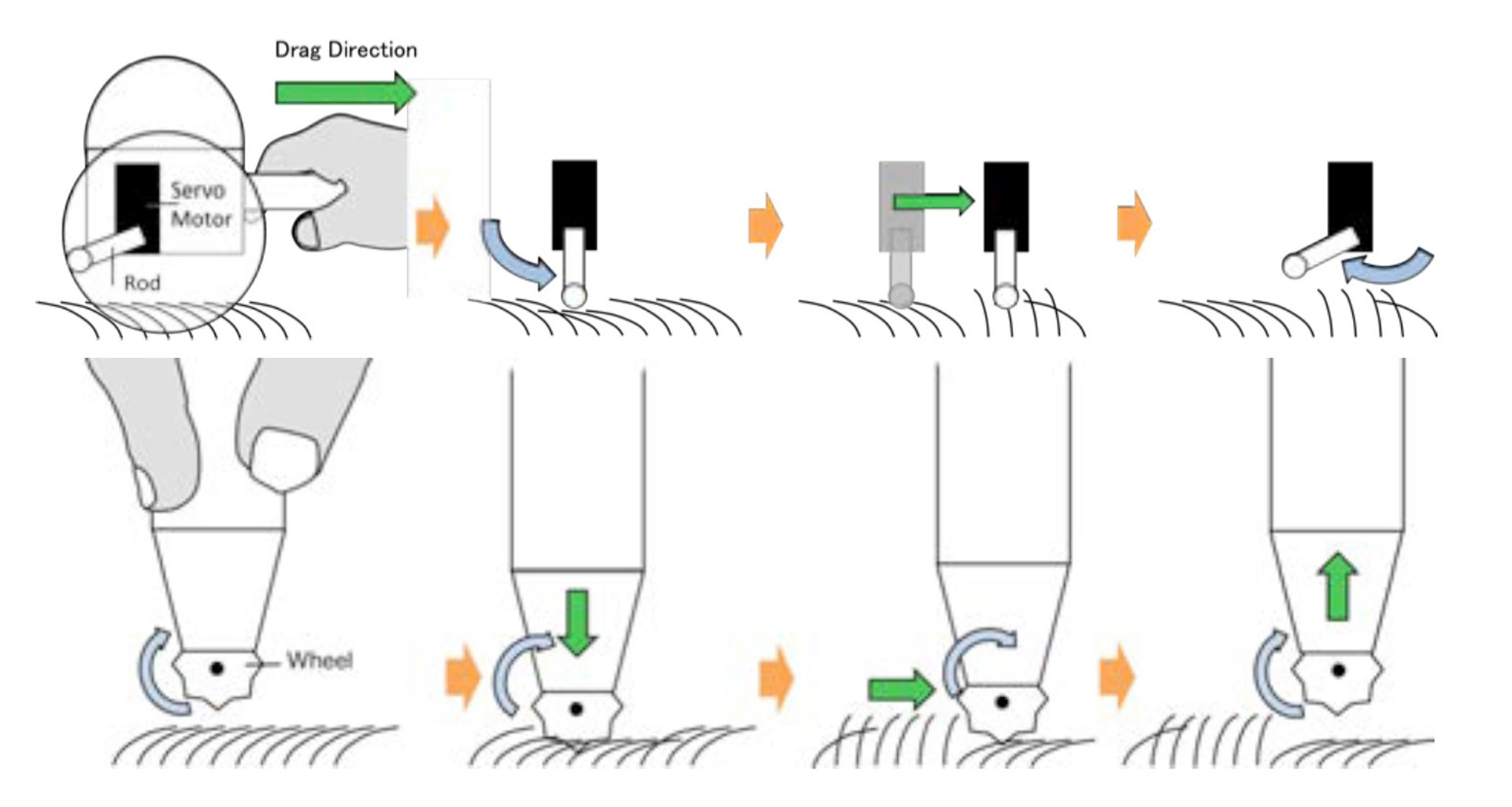“Graffiti Fur: Turning Your Carpet into a Computer Display” by Sugiura, Toda, Hoshi, Inami and Igarashi
Notice: Pod Template PHP code has been deprecated, please use WP Templates instead of embedding PHP. has been deprecated since Pods version 2.3 with no alternative available. in /data/siggraph/websites/history/wp-content/plugins/pods/includes/general.php on line 518
Conference:
- SIGGRAPH 2014
-
More from SIGGRAPH 2014:
Notice: Array to string conversion in /data/siggraph/websites/history/wp-content/plugins/siggraph-archive-plugin/src/next_previous/source.php on line 345

Notice: Array to string conversion in /data/siggraph/websites/history/wp-content/plugins/siggraph-archive-plugin/src/next_previous/source.php on line 345

Type(s):
Title:
- Graffiti Fur: Turning Your Carpet into a Computer Display
Presenter(s):
Description:
Computer displays play an important role in connecting the information world and the real world. In the era of ubiquitous computing, it is essential to be able to access information in a fluid way and non-obstructive integration of displays into our living environment is a basic requirement to achieve it. Here, we propose a display technology that utilizes the phenomenon whereby the shading properties of fur change as the fibers are raised or flattened. One can erase drawings by first flattening the fibers by sweeping the surface by hand in the fiber’s growth direction and then draw lines by raising the fibers by moving a finger in the opposite direction. These material properties can be found in various items such as carpets and plush toy in our living environment. Our technology can turn these ordinary objects into displays without requiring or creating any non-reversible modifications to the objects. It can be used to make a large-scale display and the drawings it creates have no running costs.
Acknowledgements:
This work was supported by SCOPE of the MIC, Japan.







